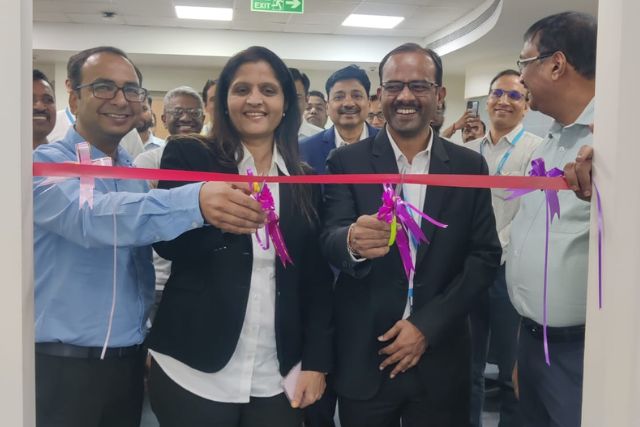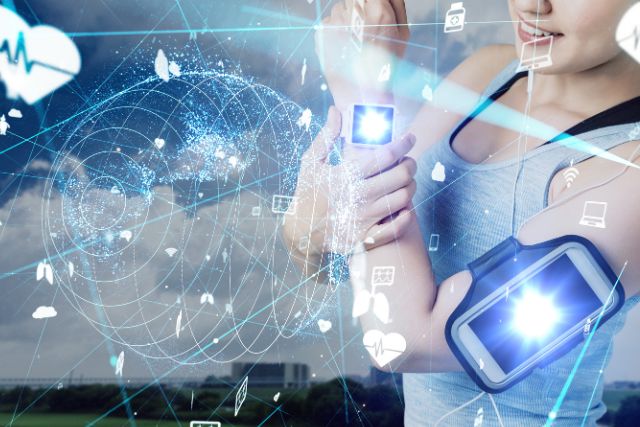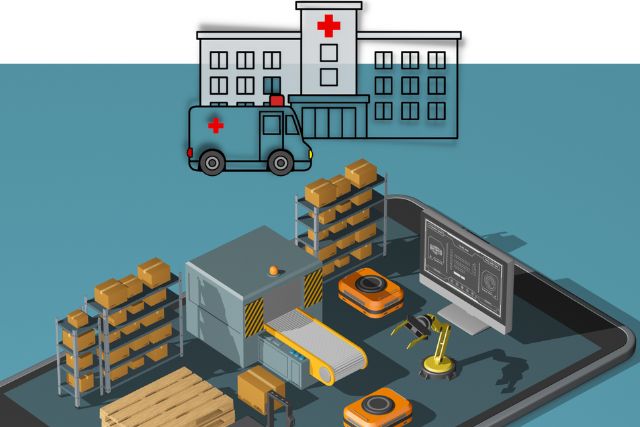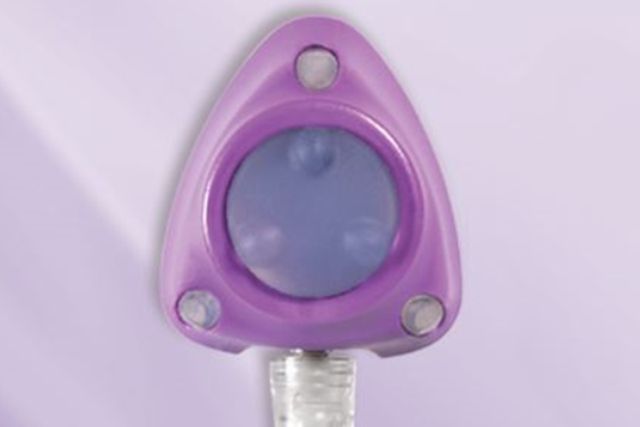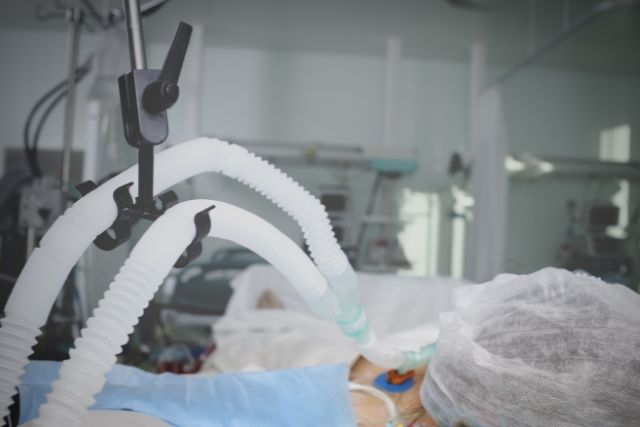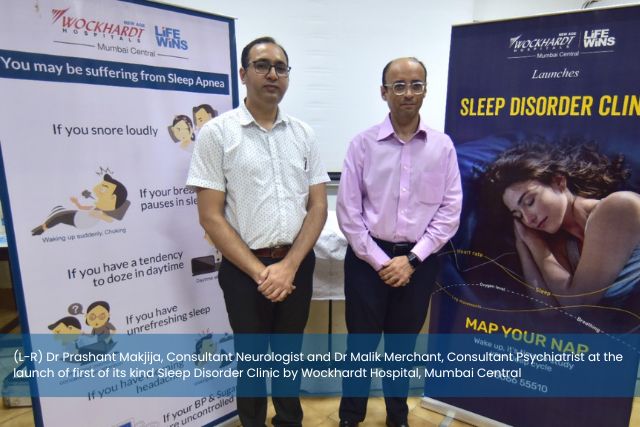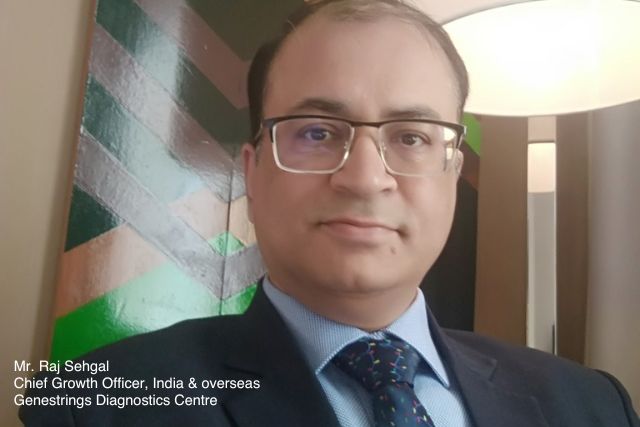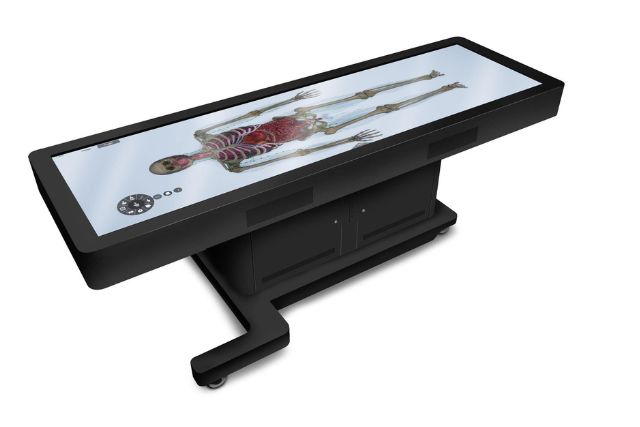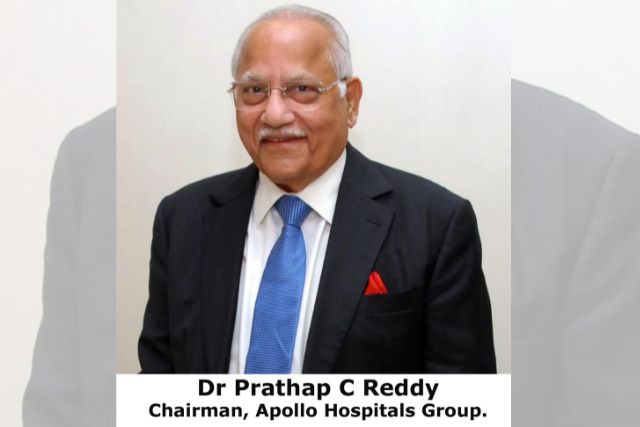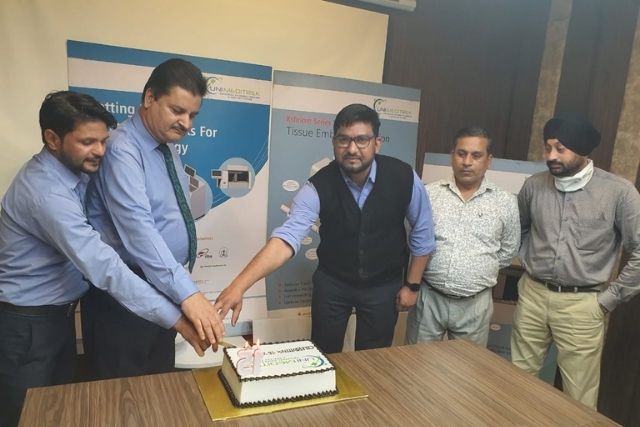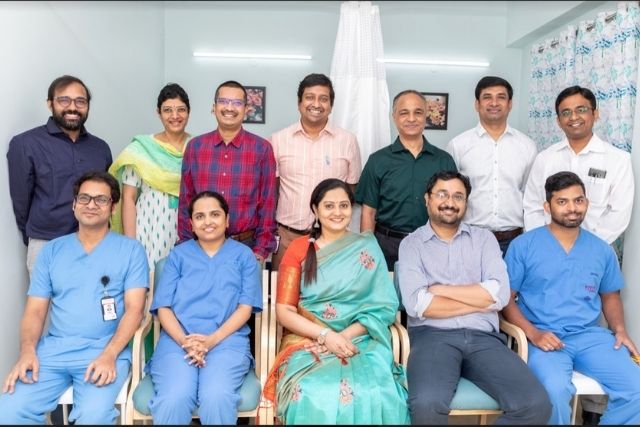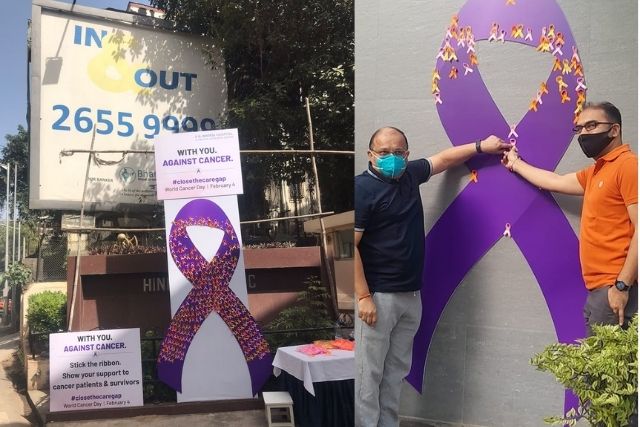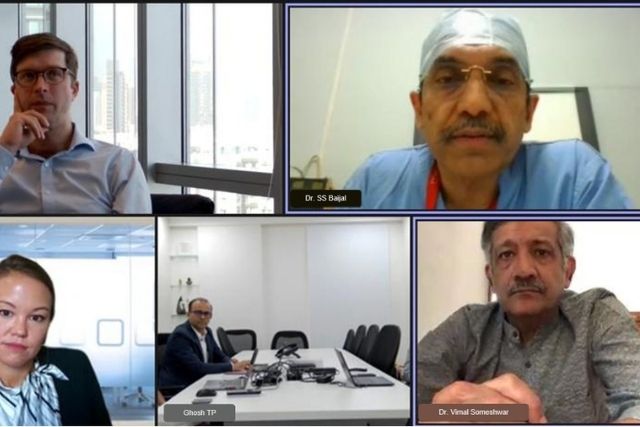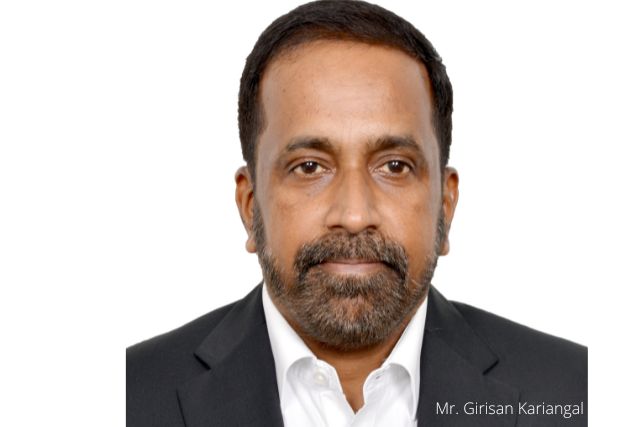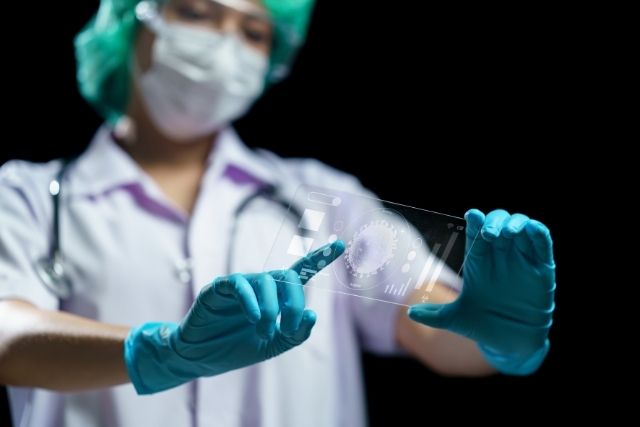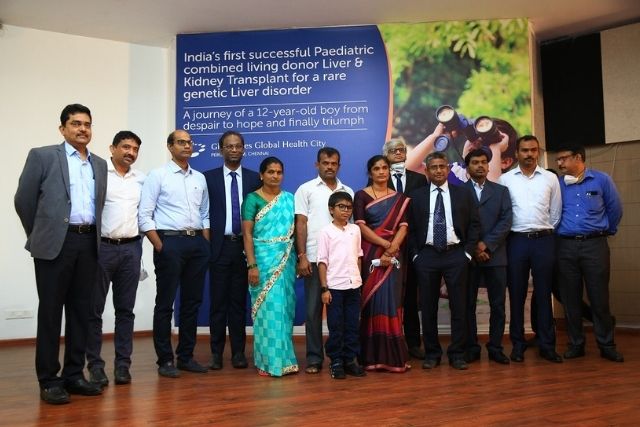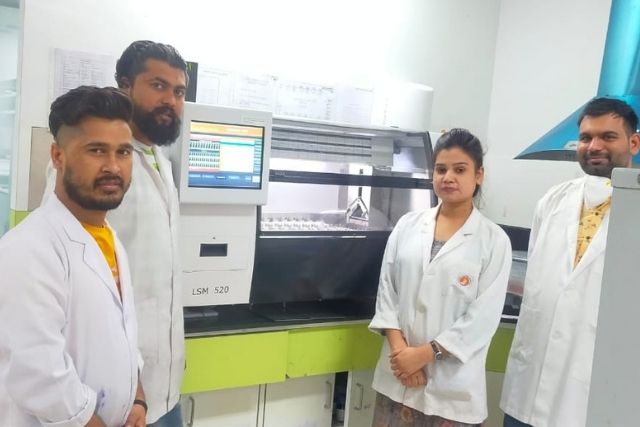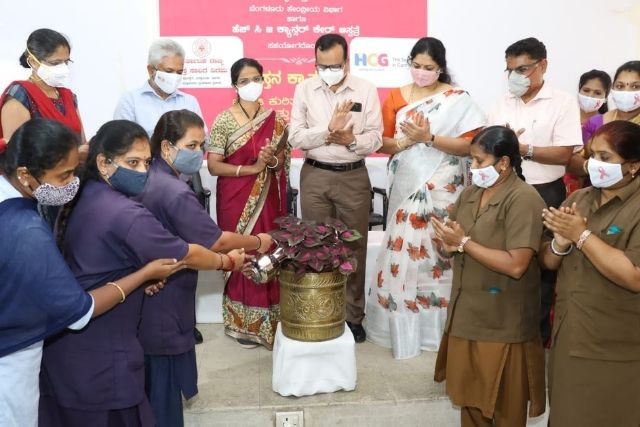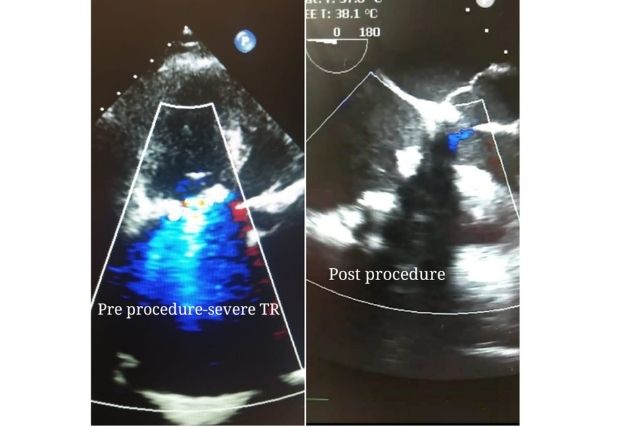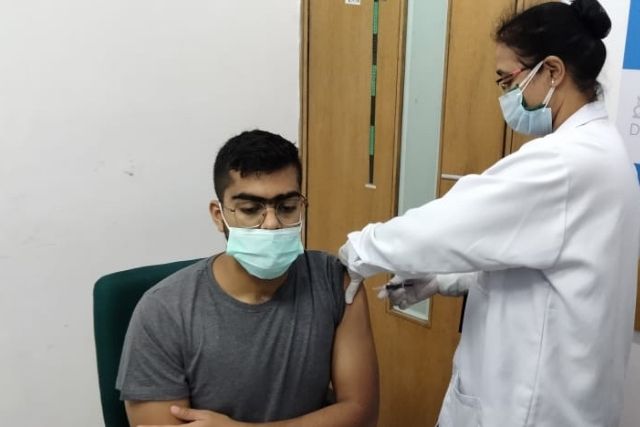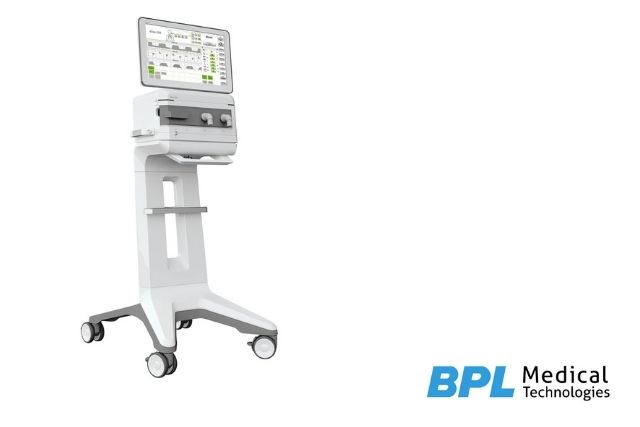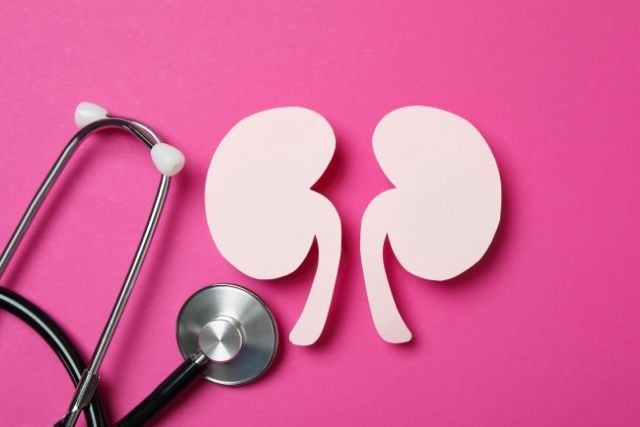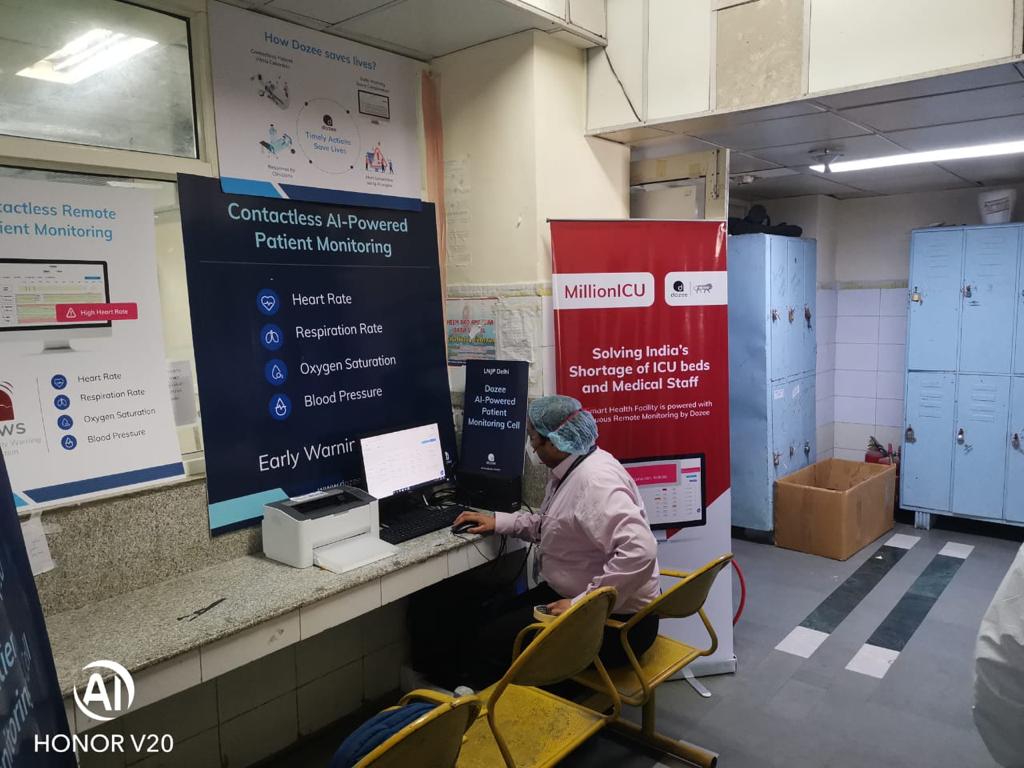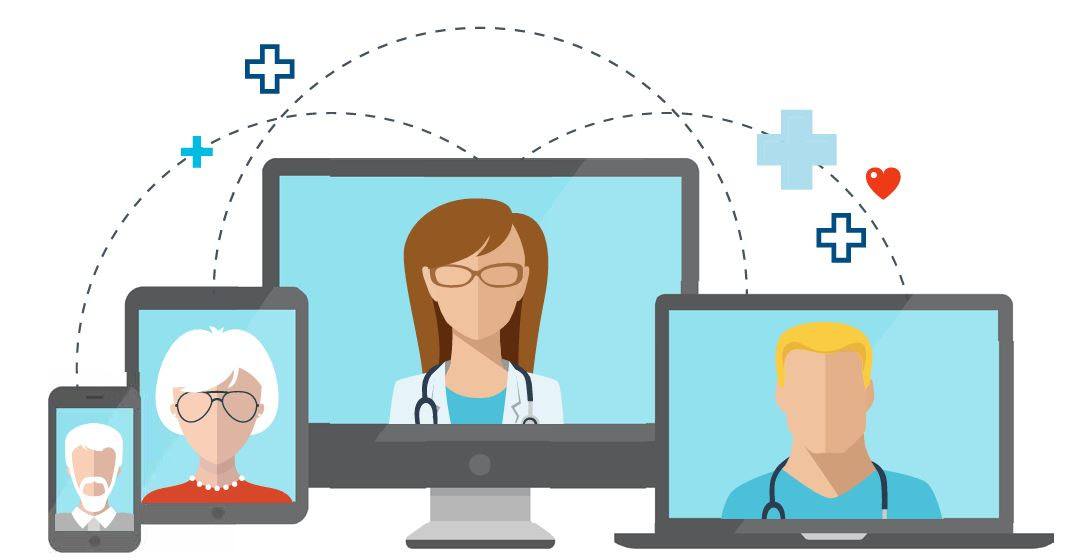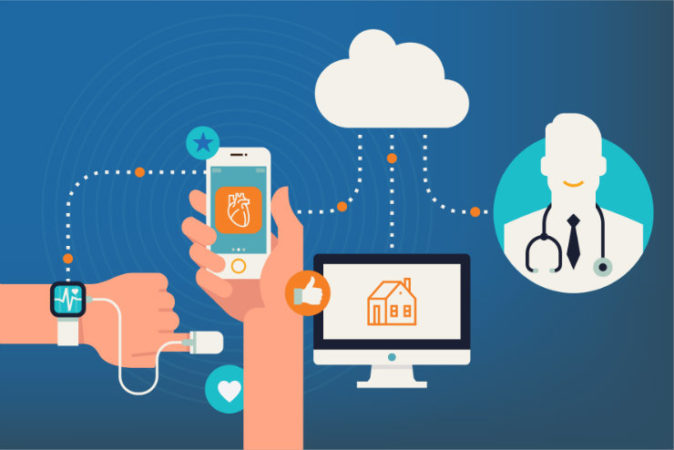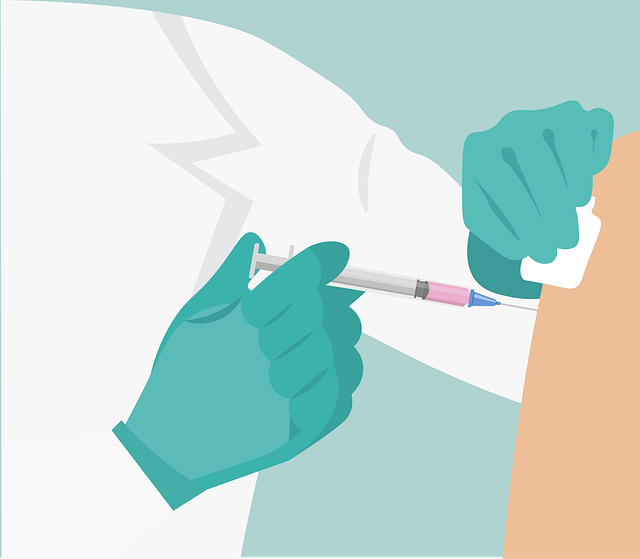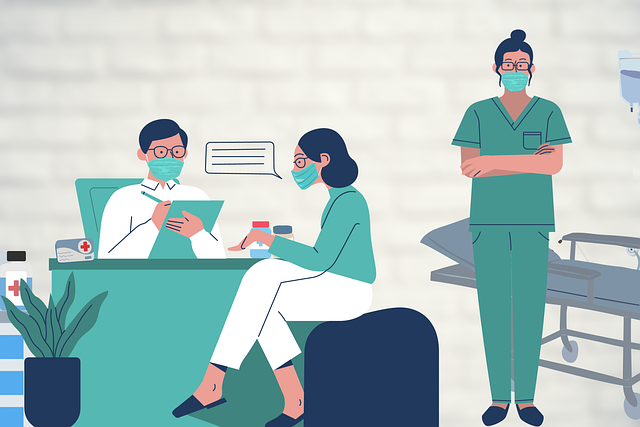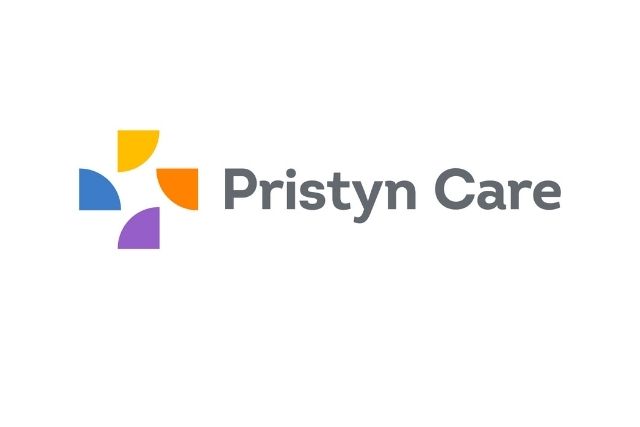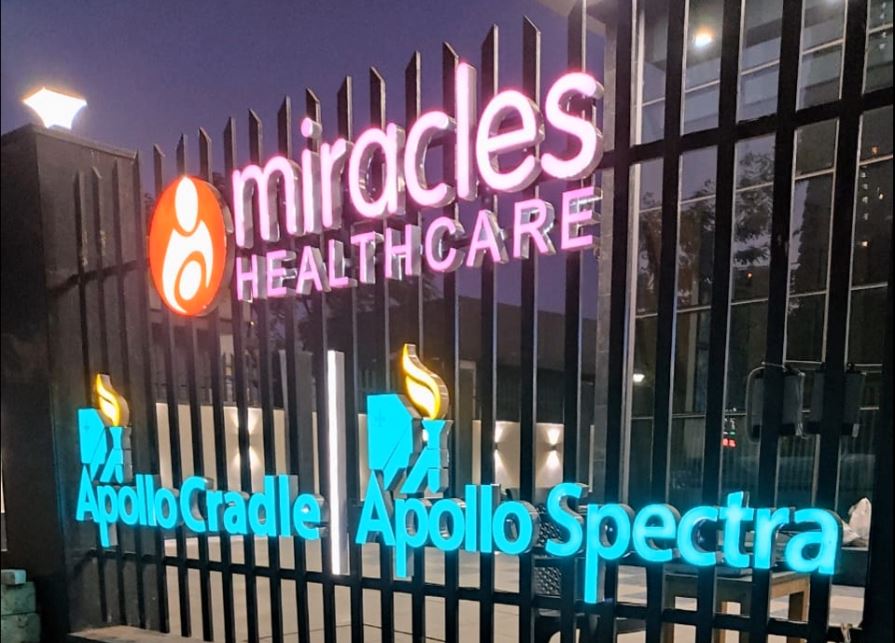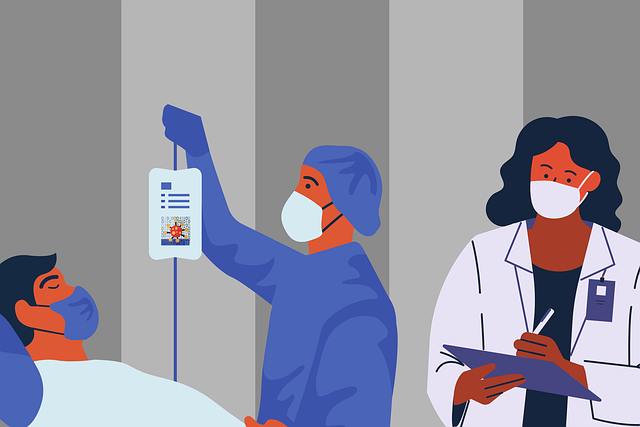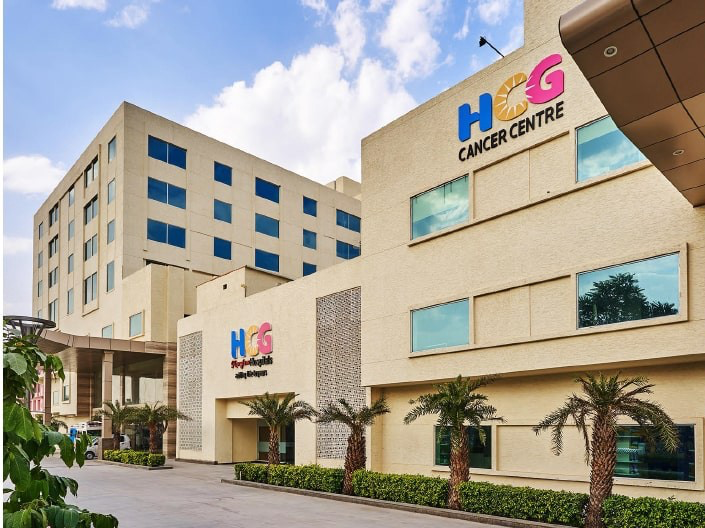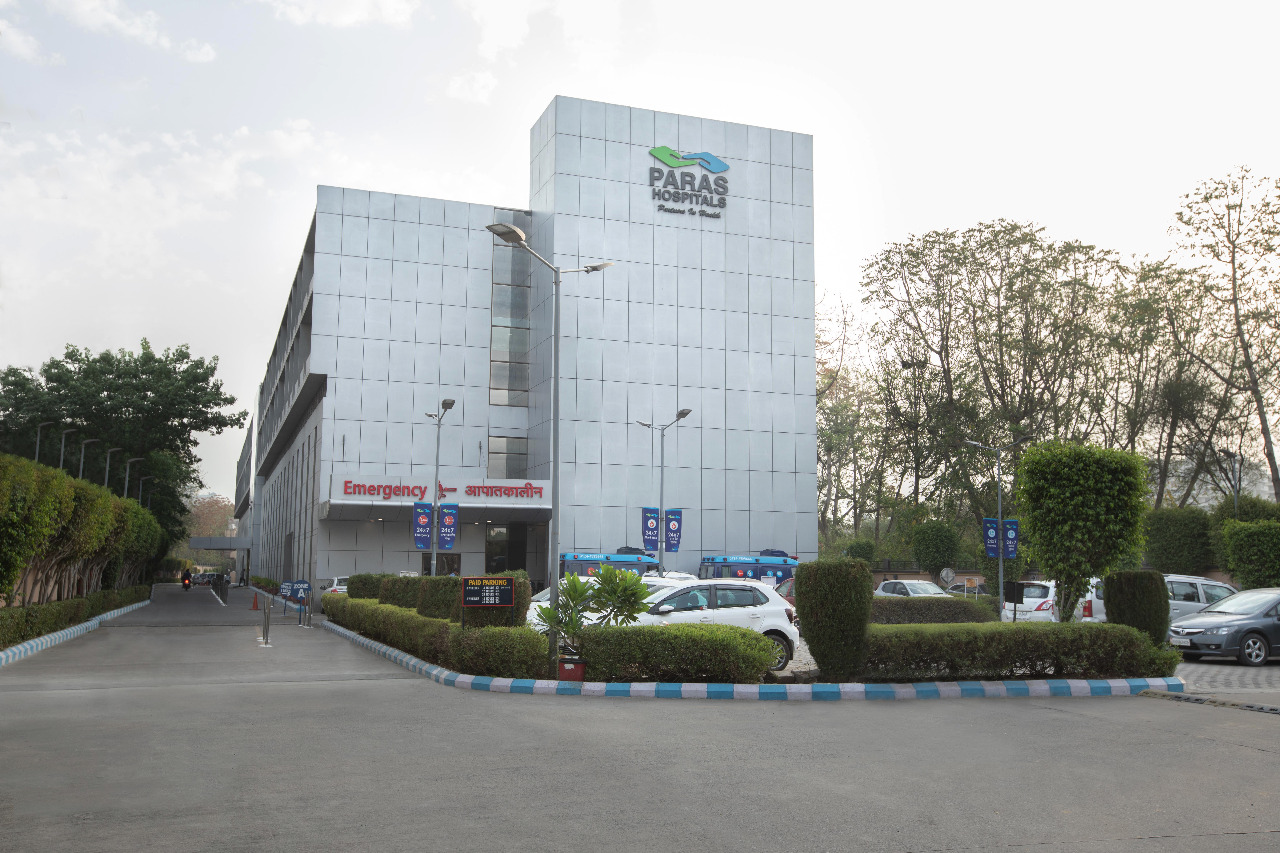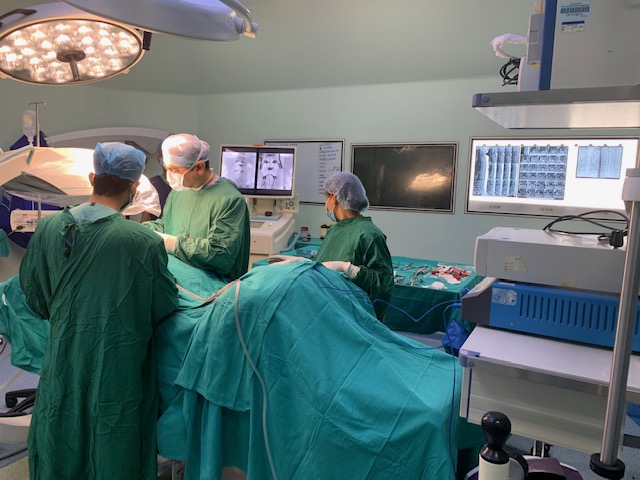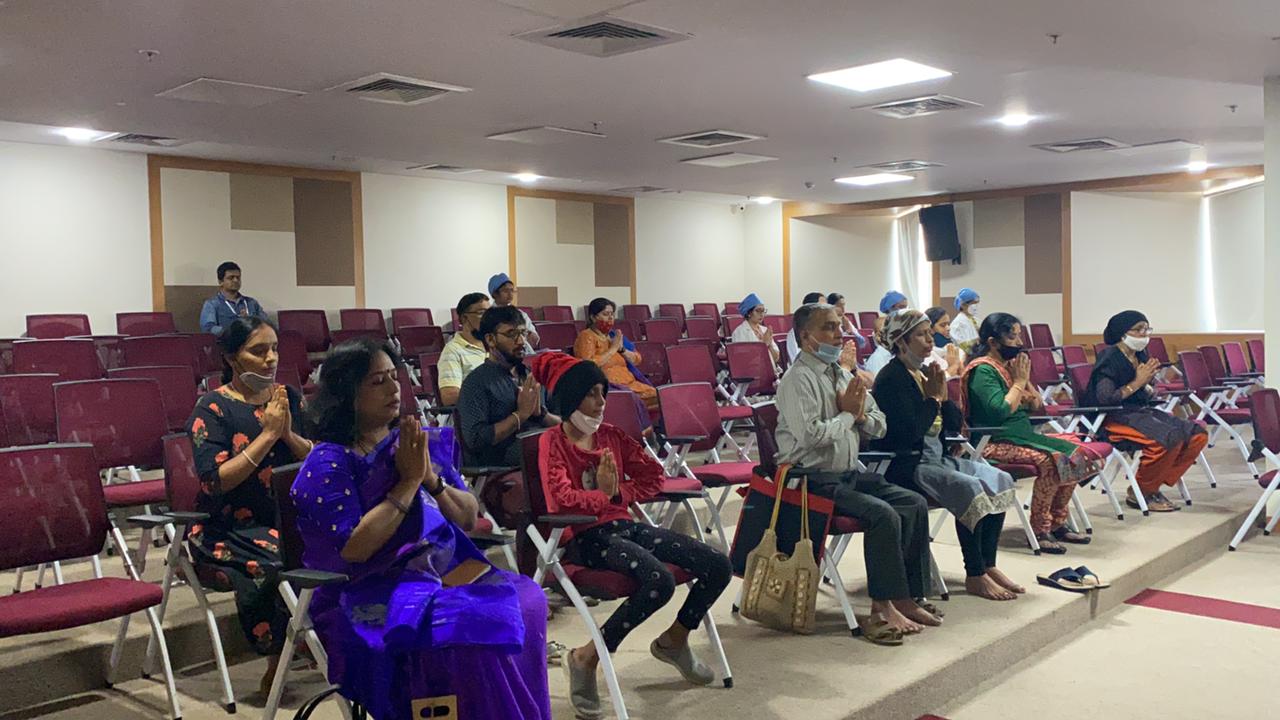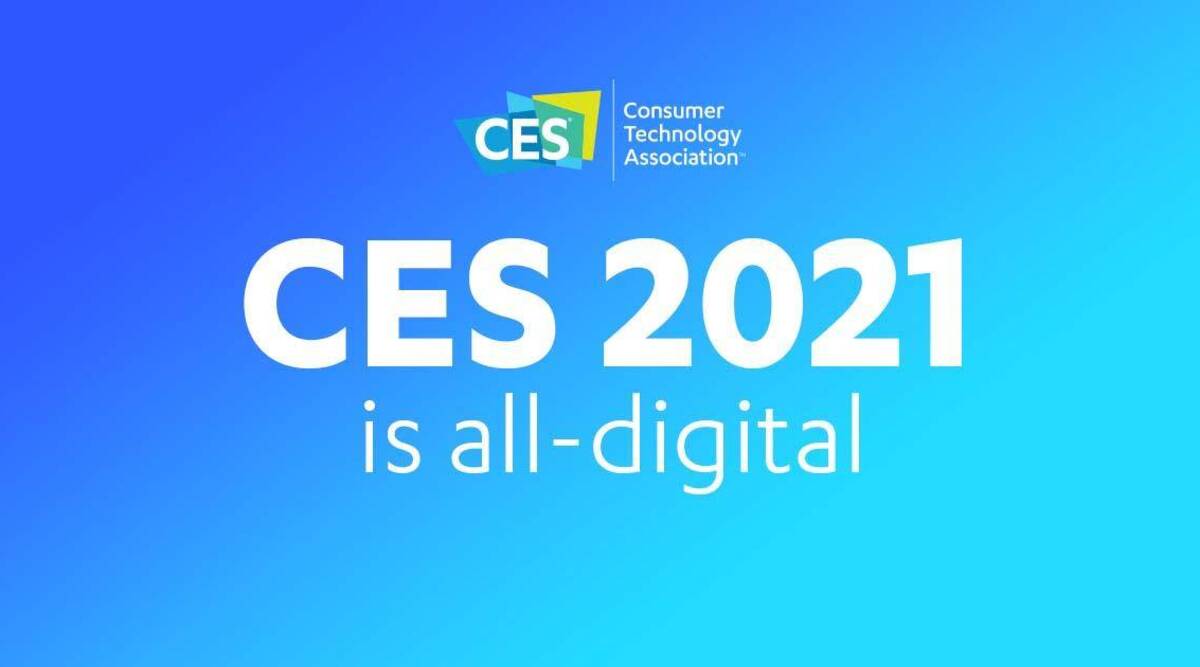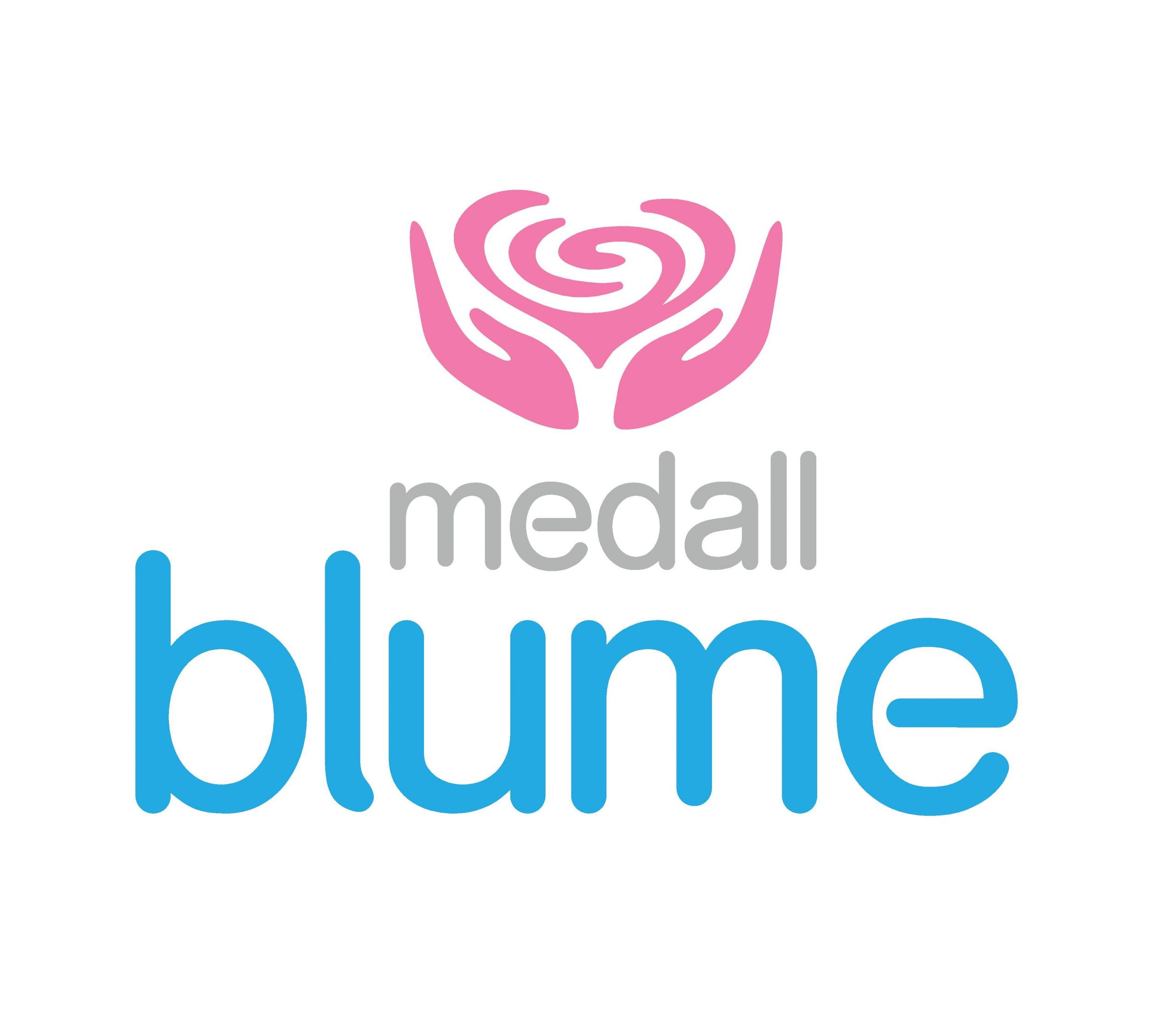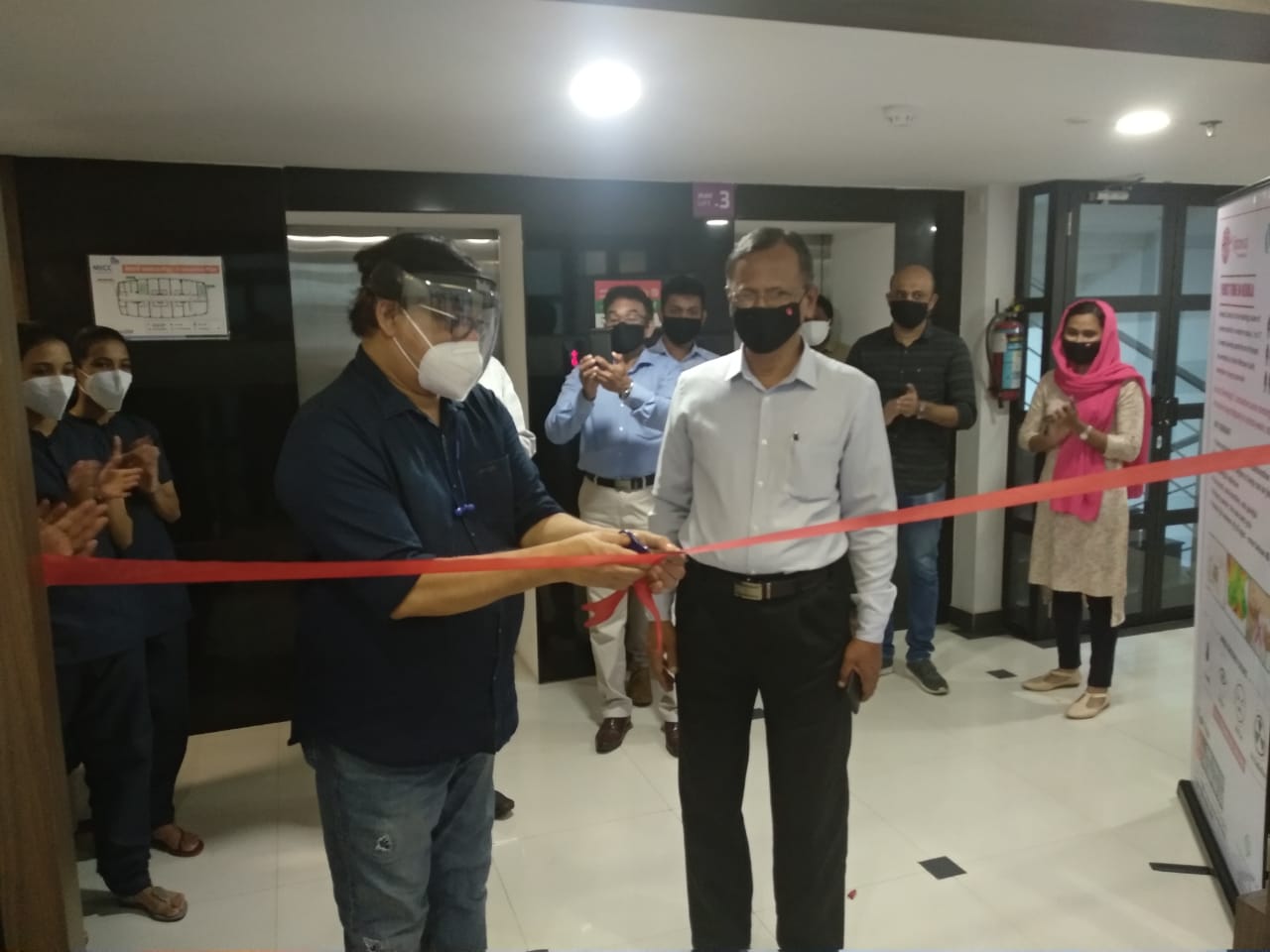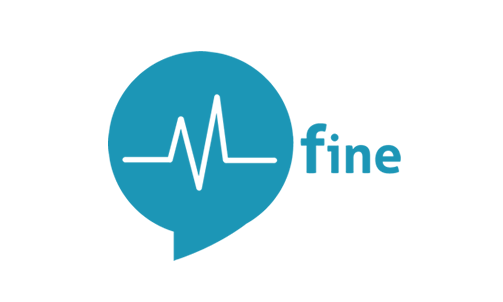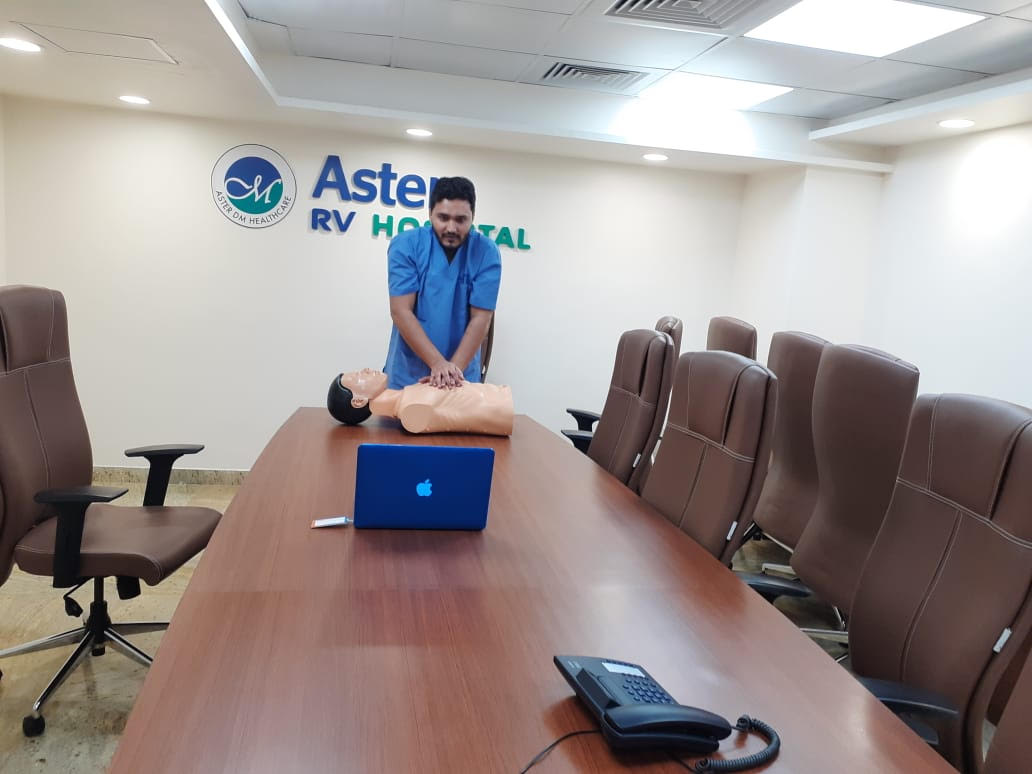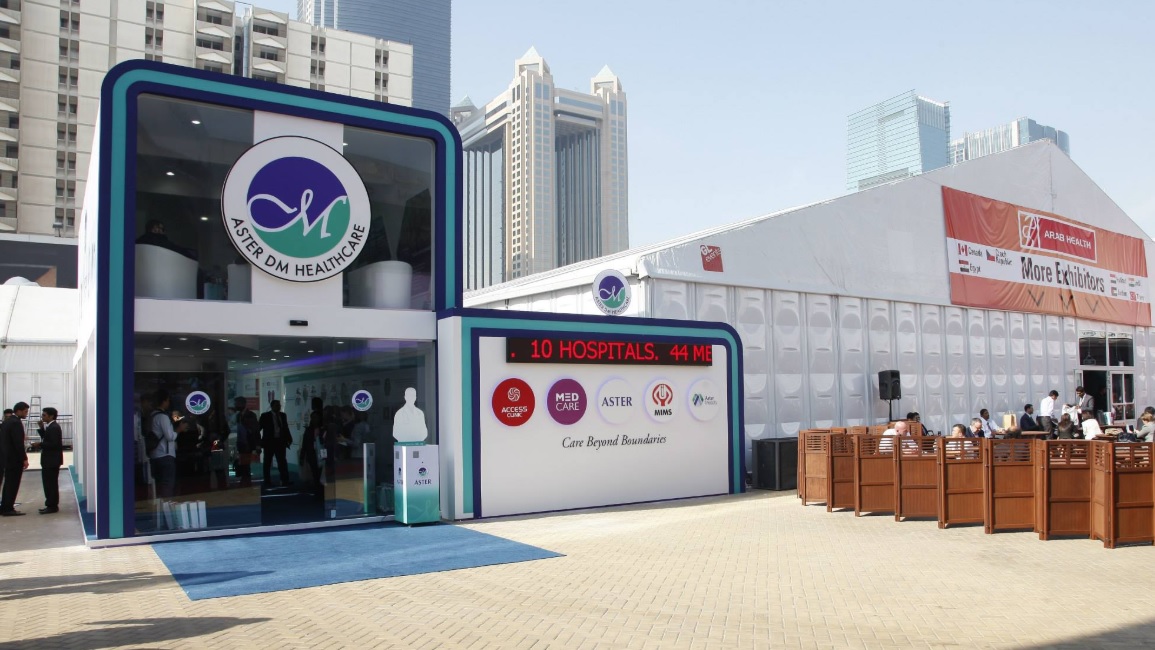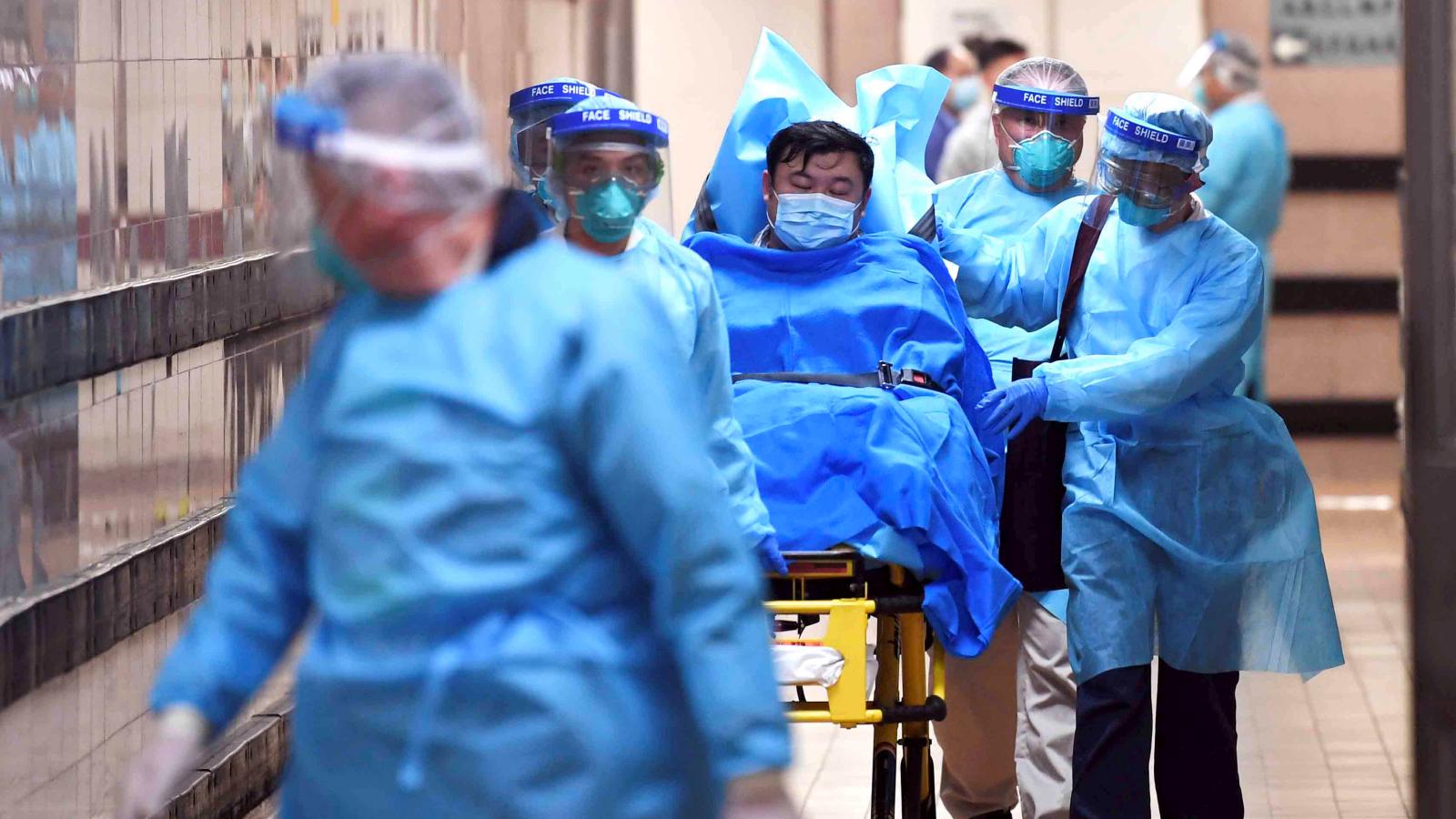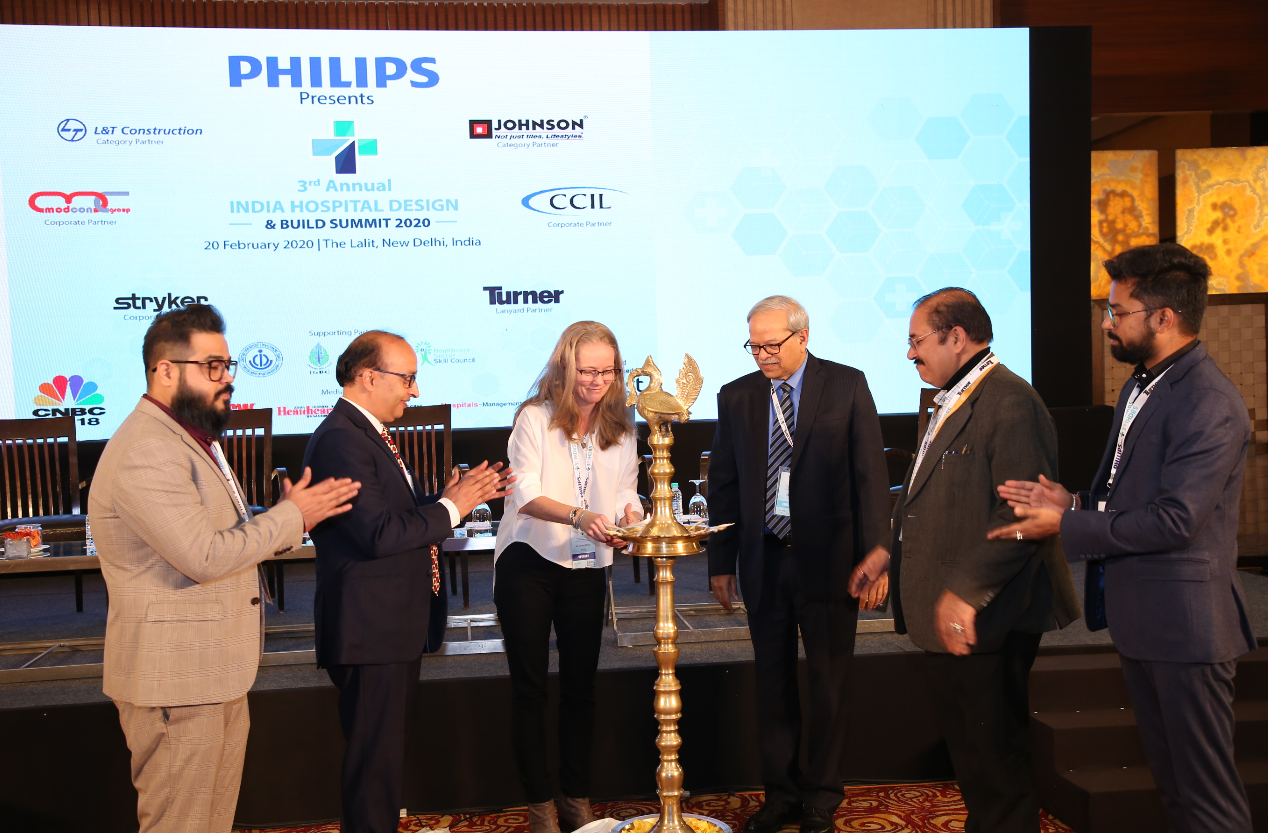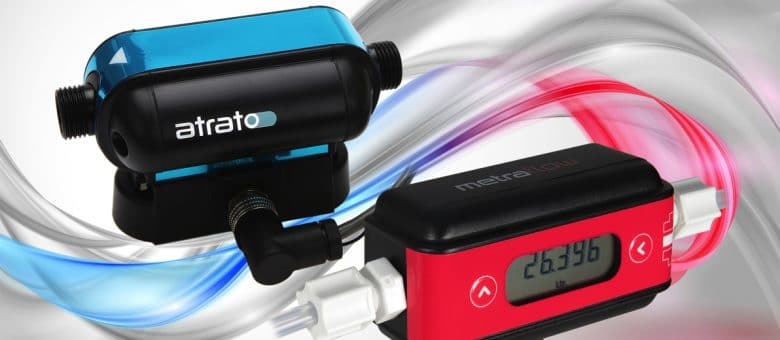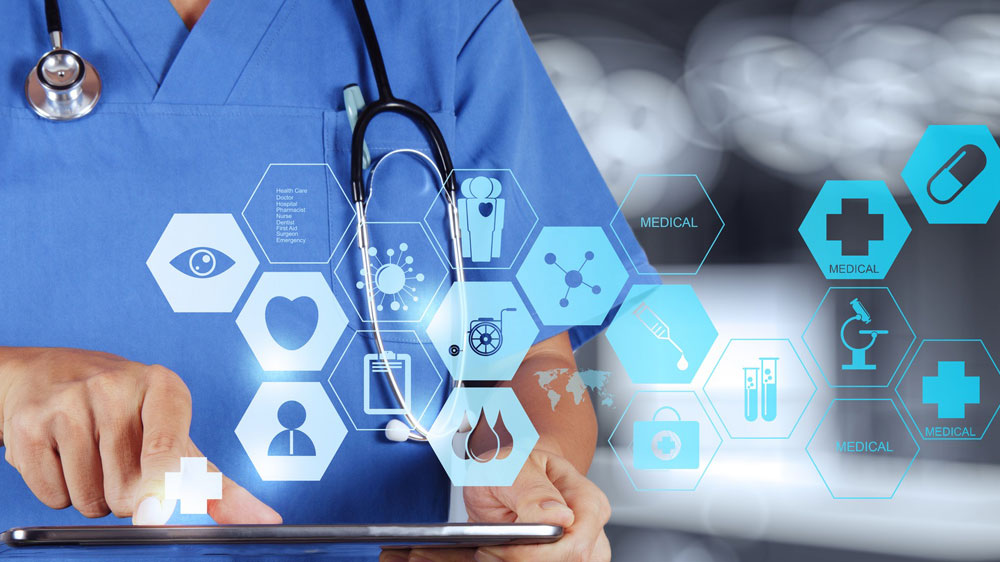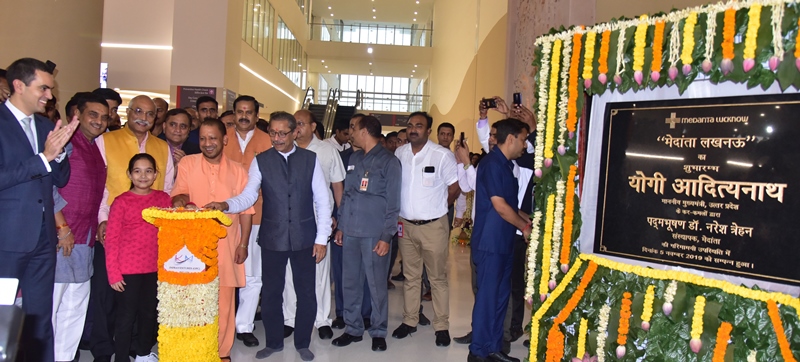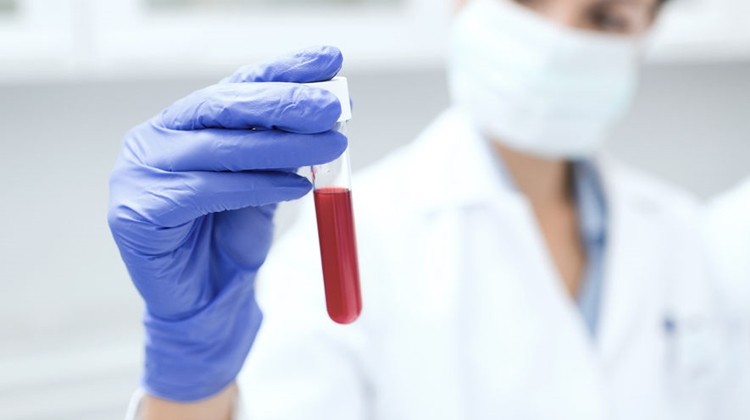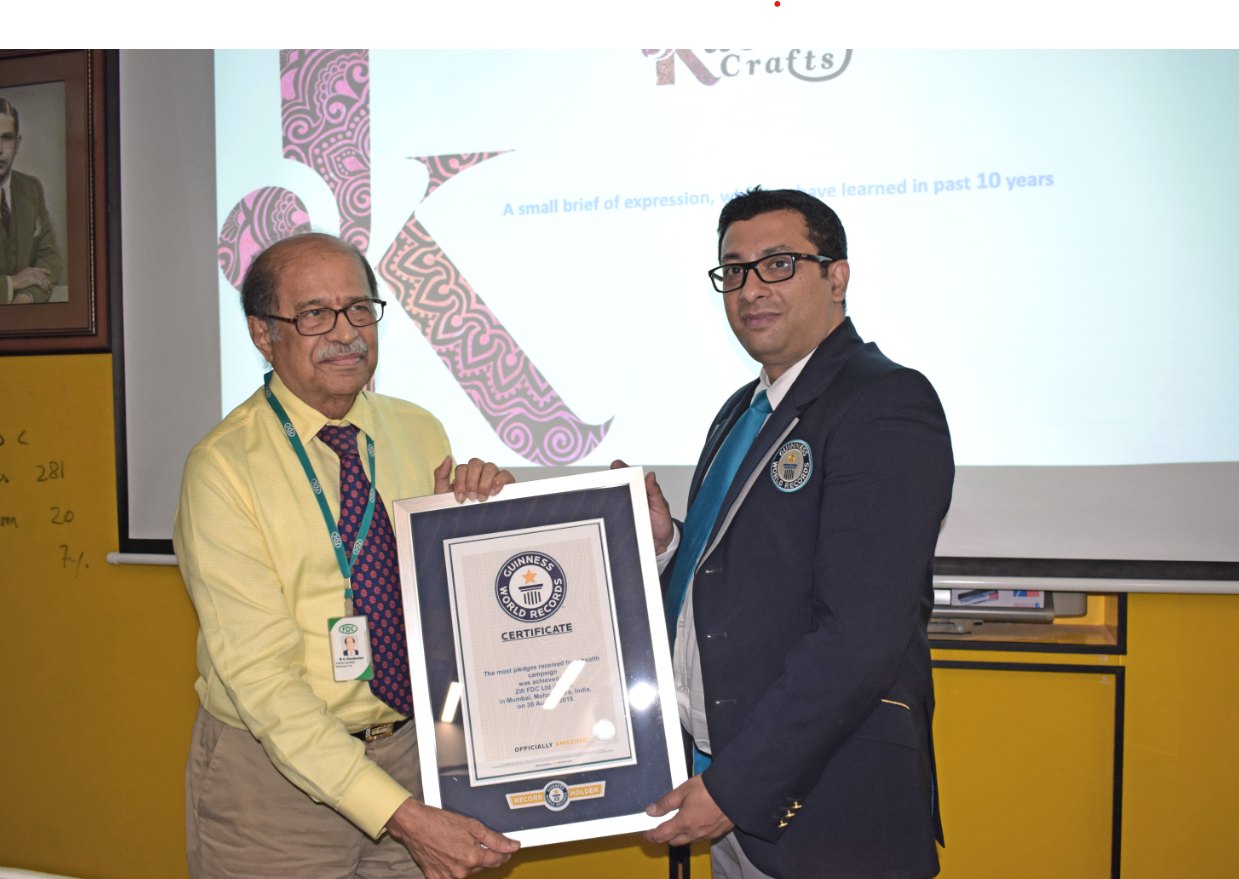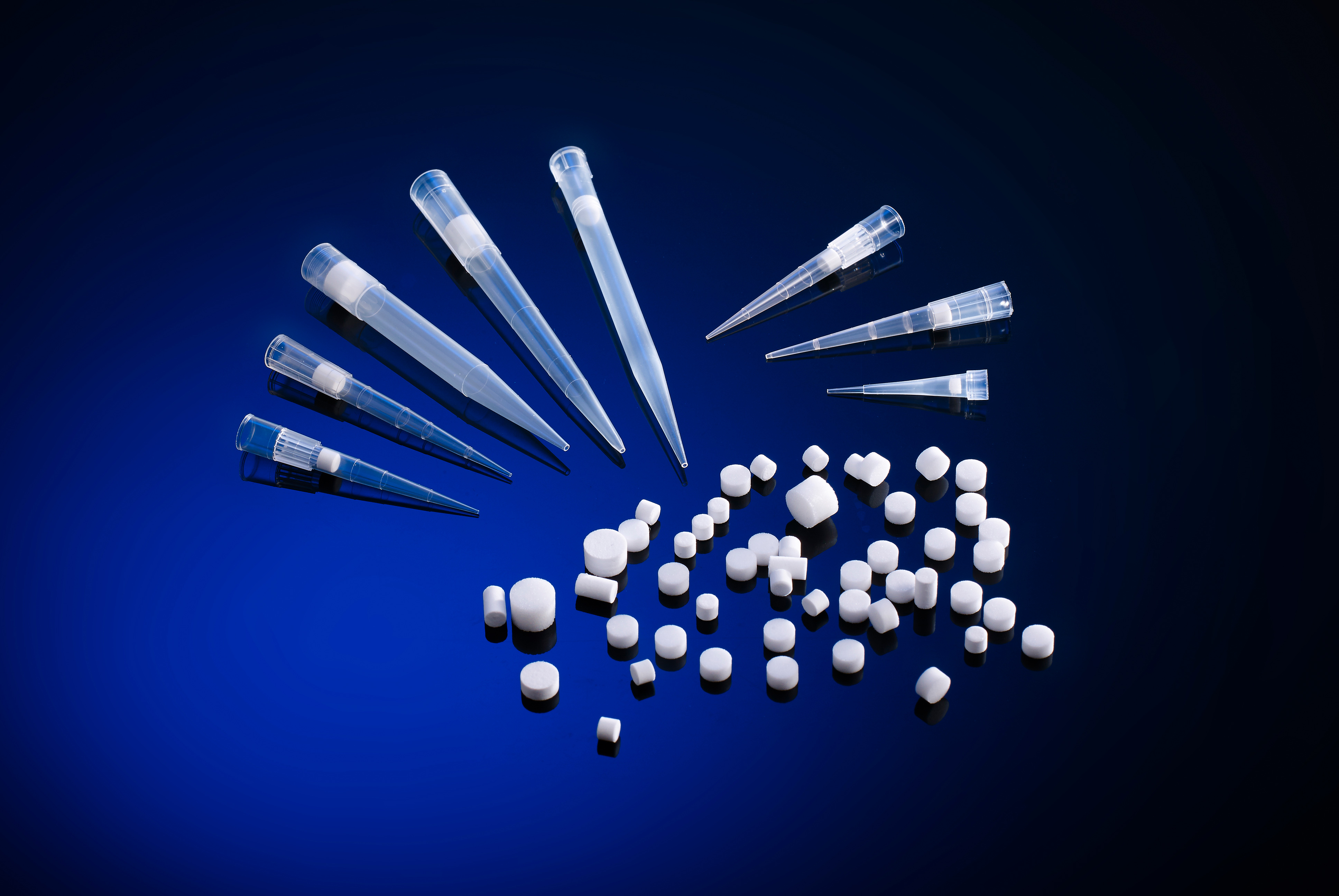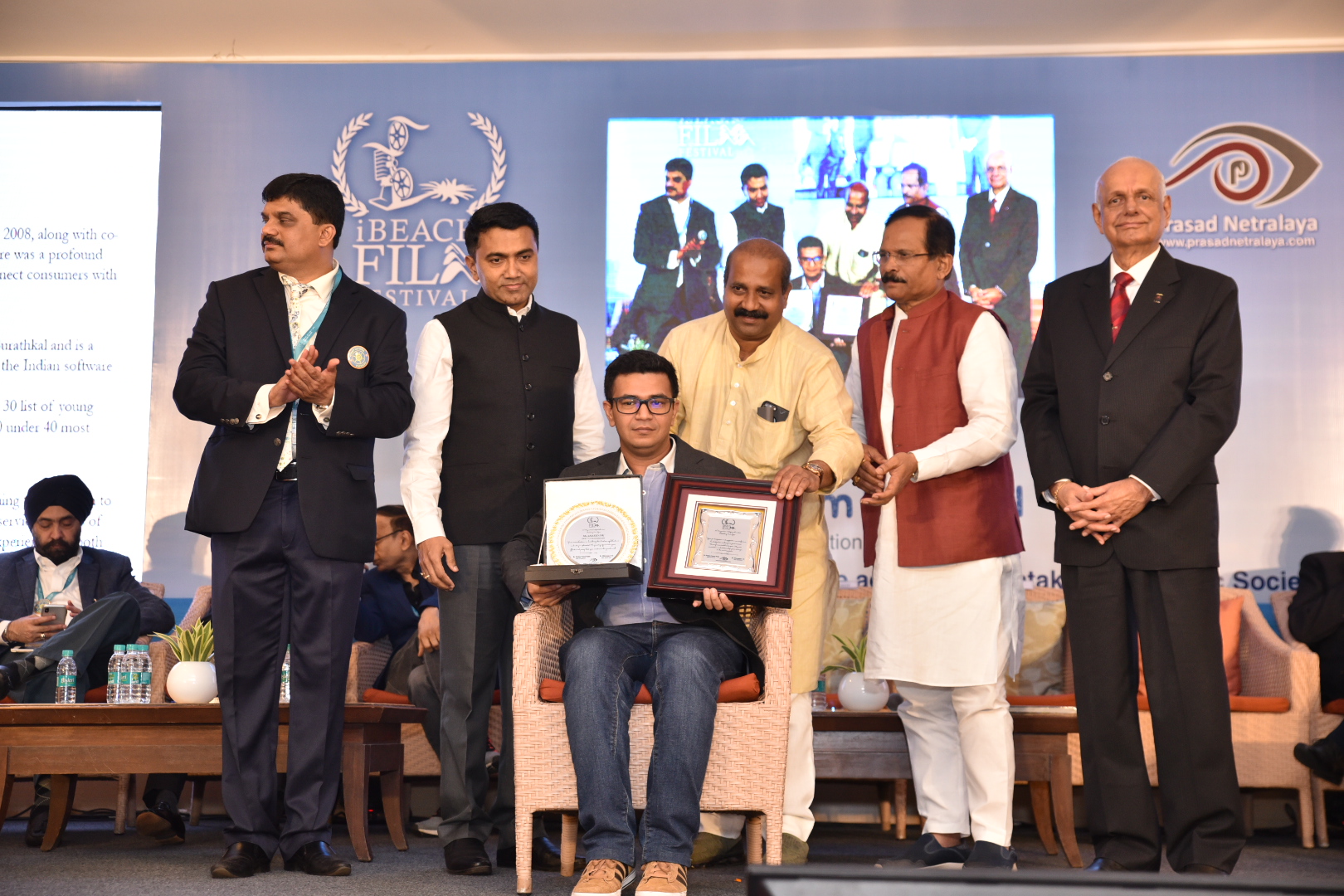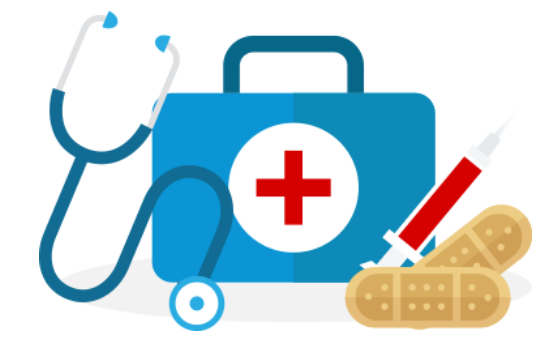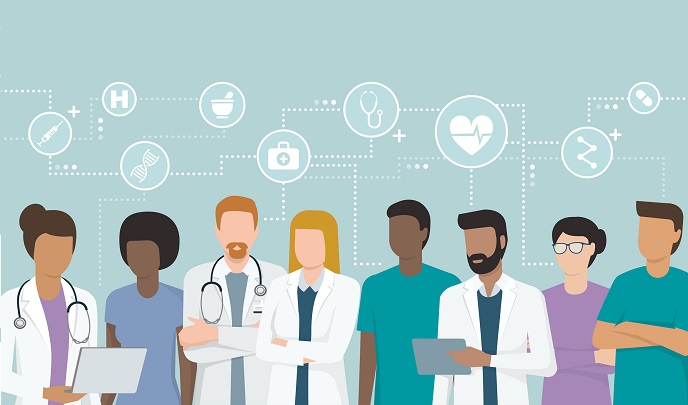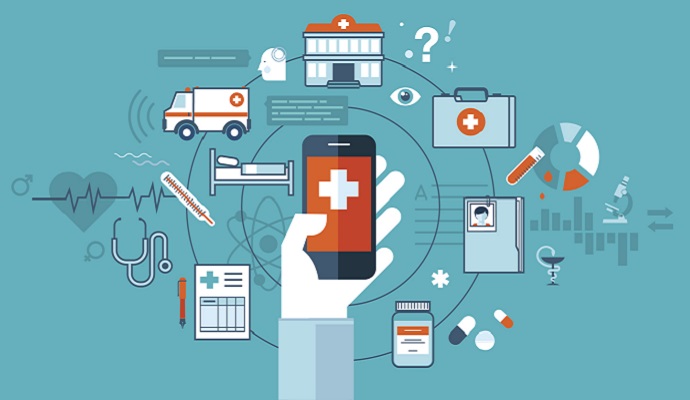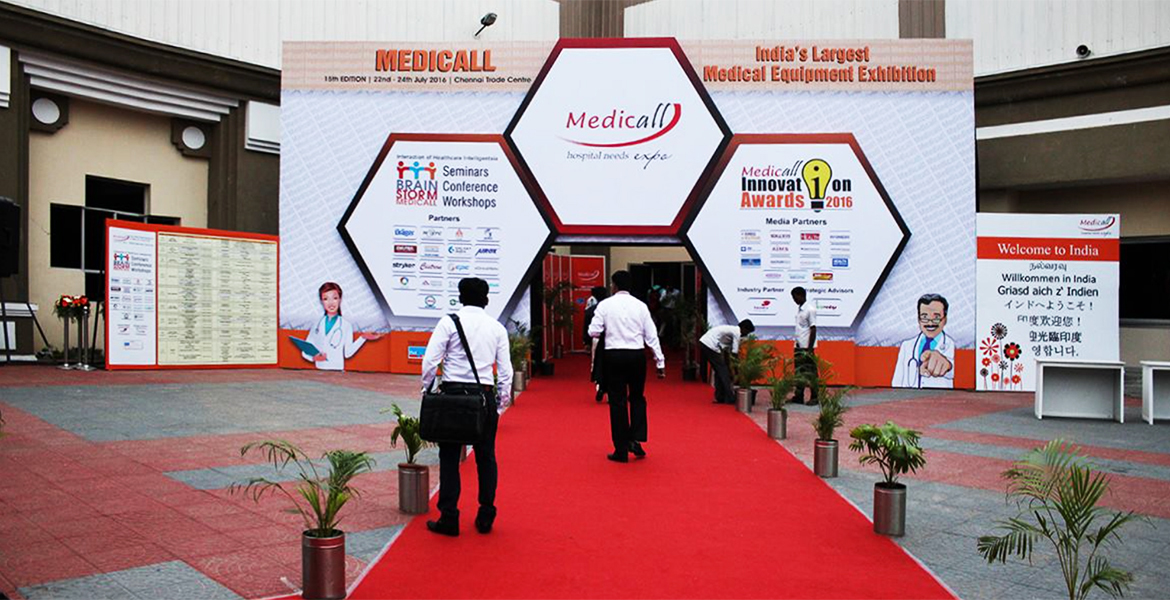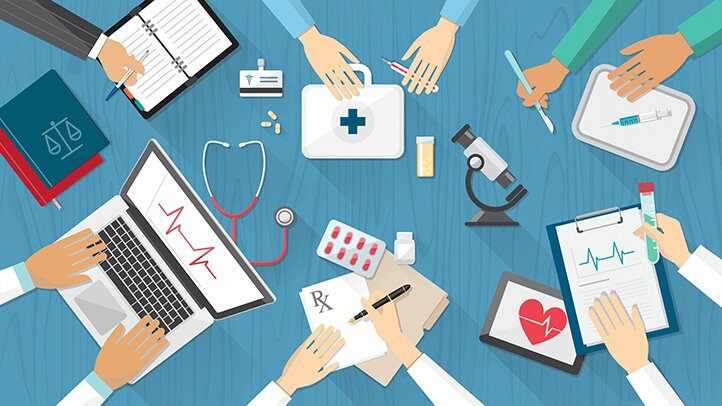Healthcare sector is continuously evolving with research and innovations. The demand for new treatment methods and medications for better healing of patients in less time are prompting innovation in the medical field. Today, the industry has witnessed considerable changes ranging from new vaccines to technologies which has revolutionised the way medical conditions are treated.
Today, the healthcare diagnostic is made easy by many gadgets which can tell us many bodily parameters like blood sugar reading, blood pressure using devices available at your fingertip. The smart watches can tell your heart health which a doctor can access incase of any emergencies and consult with you remotely. The smart phones, video calls has made healthcare accessible from anywhere. Also, the innovations like gadgets for the brain, ultrasound, portable mammogram machines has helped the medical industry reach new heights in providing effective healthcare. As technology advances, we can see more of such gadgets which makes life easier.
Healthcare digitization is often perceived as an endeavour at the level of an individual healthcare system or the nation. While there is some truth in that, it is equally obvious that a global digital health market is evolving, with vast opportunities for IT companies, healthcare providers, med-tech, pharma giants and even charities who are courageous enough to think big.
Some of the medical innovations that are changing the healthcare industry:
Internet of things (IoT)
IoT is significantly changing the way healthcare professionals exchange data and communicate with their colleagues and the patient. From maintaining medical records to inventory control and preventive care, IoT is evolving everything. This facilitates real-time communication and collaboration of healthcare professionals which is one of its beneficial aspects. It has created a wave in the health sector with internet, cloud, applications and interconnectivity of devices.
Point-of-care diagnostics: Allow for convenient, timely testing at the point of care (e.g., physician office, ambulance, home, or hospital), resulting in faster, more cohesive patient care
3 D printing
Using 3 D printing technology precise designs can be made for each individual. Using this technology in the healthcare industry we can now print artificial limbs, blood vessels, pills, bio tissues and many more. Even 3 D printed drugs have become a reality.
Robotics
This is one of the fastest-growing fields in healthcare segment. Robots are capable of executing tasks like surgeries with increased precision and strength. We now have microrobots that can head to the targeted place, deploy drugs and are capable of performing microsurgeries like unclogging a blocked blood vessel.
Artificial Intelligence
AI is playing a critical role in the health industry. AI solutions are being used to develop new potential therapies from the vast database of existing medicines to improve the efficiency and success rate of new drugs. It can analyse the past data of patients and offer real-time support to experts to identify potential risks. AI is developed to automate image analysis and diagnosis.
Nanotechnology
Nanoparticles and nanodevices are capable of acting as tiny surgeons. It will aid in precise drug delivery and cancer treatment. Nanoscale sensors are embedded directly into the implants or surrounding area that are capable of detecting infection much sooner preventing late-treatment or the need to replace the whole implant due to infection and inflammation.
Augmented reality
AR is an impressive tool in medical teaching. This technology enables displays, cameras and sensors to overlay digital information onto the real world. Through AR, a surgeon can view three-dimensional representation of the patient’s anatomy which can increase the accuracy and outcome of treatment for patients.
Biosensors and trackers
Technology-enabled activity trackers, monitors, and sensors incorporated into clothing, accessories, and devices that allow consumers and clinicians to easily monitor health. Wearable devices are becoming widespread in a wide range of applications, from healthcare to biomedical monitoring systems, which enable continuous measurement of critical biomarkers for medical diagnostics, physiological health monitoring and evaluation.
The opportunity here is not to be underestimated. A long tail of evolved biosensing wearables, enabled through platforms, has the potential to improve health outcomes and lower costs.
Post Operative Care at Home
Home care centers that provide more convenient and lower-cost care to patients for a number of health issues in the convenient environment of their own homes.
Telehealth:
A more convenient way for patients to access and increase self-care while potentially reducing hospital visits and travel time; may also prevent complications and emergency room visits.
Leveraging social media to improve patient experience
Tapping data from social media and online communities to give health care organizations the ability to track consumer experience and population health trends in real-time.









